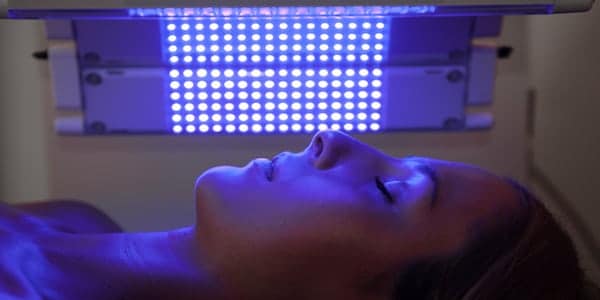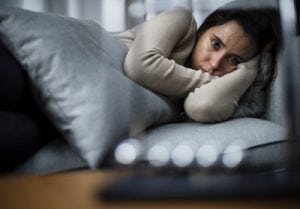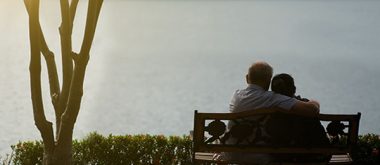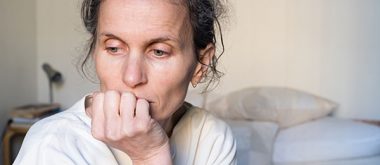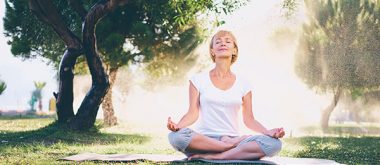Recent studies have shown that bright light therapy improves depression symptoms in older adults, by as much as 54 percent.
There also showed to be improvements in patients’ sleep patterns and symptoms of insomnia as well as marked increases in levels of the neurotransmitter serotonin, which is found to be low in patients with depression. While these studies have been conducted in other types of depression, such as postpartum depression, bipolar depression, seasonal affective disorder and others, the results of this study are the first of its kind in utilizing bright light therapy in aging patients suffering from nonseasonal major depressive disorder. These findings are important as there is evidence of depression in the geriatric population to be as high as 10 percent.
Bright Light Therapy Shows to Improve Many Areas of Depression
Clinical trials were conducted by exposing patients for an hour of therapy to either bright pale blue light or a dim red light at their homes in the morning hours. Patients were instructed to place themselves near the light source for one hour. Fortunately, there were shown to be no ophthalmologic concerns in exposing patients with eye diseases or disorders to the bright light. Patients were discouraged to look directly into the light but rather to simply keep the eyes open during treatment.
During the clinical trials, researchers noticed improvements in the symptoms of depression in three weeks with continued improvements three weeks after the trials ended in the group that received the bright pale blue light. The patients who received this treatment during the trials also showed a decrease in their cortisol levels. Cortisol is a known stress hormone that regulates processes such as metabolism and the immune response. Controlled exposure to the light during specific daytime hours showed an improvement in patients’ mood ratings and sleep quality.
Improvements in Sleep Quality 
The therapy has also been shown to make improvements in patients’ circadian rhythm, which is known to be disrupted in depression. The circadian rhythm is known also as the body’s master clock and provides natural cues to release the hormones involved in sleep rhythms. Circadian rhythm disruptions are common in elderly patients who are unable to receive natural light, such as those in nursing homes. Disruptions of a circadian rhythm are marked by early morning awakenings, evening drowsiness, falling asleep at unnatural hours or waking up late during the day.
An Alternative to Traditional Antidepressant Medication
The findings of this research may be able to offer a viable alternative for patients who are resistant to antidepressants, either biologically or otherwise. Geriatric populations are notoriously difficult to treat in terms of antidepressants generally because of an unequal ratio of benefit versus safety. Elderly populations also bring up concerns of medication adherence and treatment failure. Because the treatment has the ability to be administered at home, it may serve as an alternative treatment option for those who are homebound or in nursing facilities. This alternative therapy offers a solid treatment option for an aging population that struggles with depression and treatment availability. The treatment is low-cost, carries no side effects and has a proven antidepressant benefit, which may be a formidable treatment option for older adults with depression.
